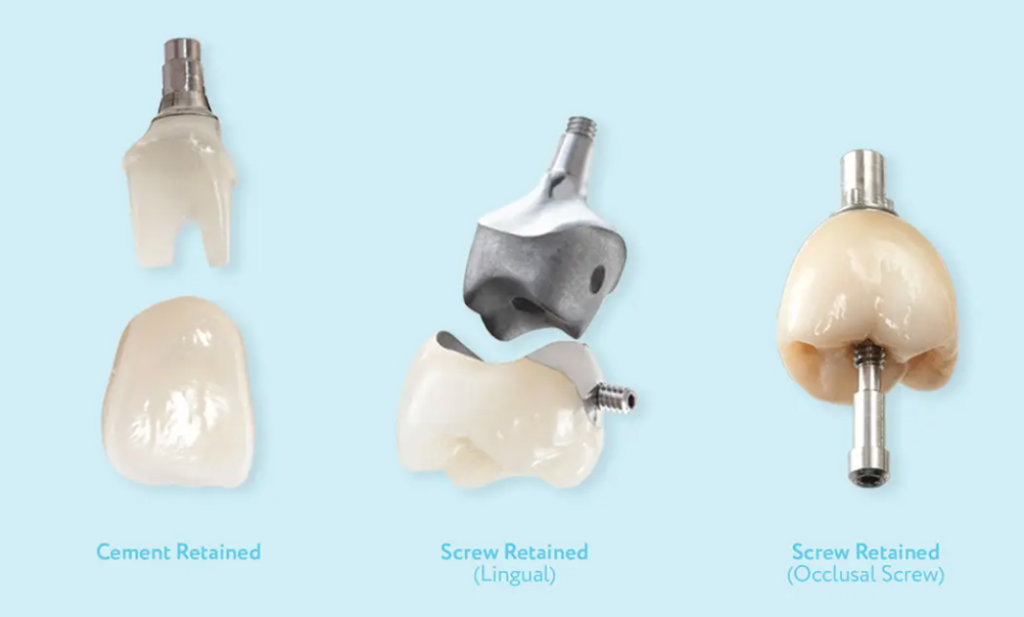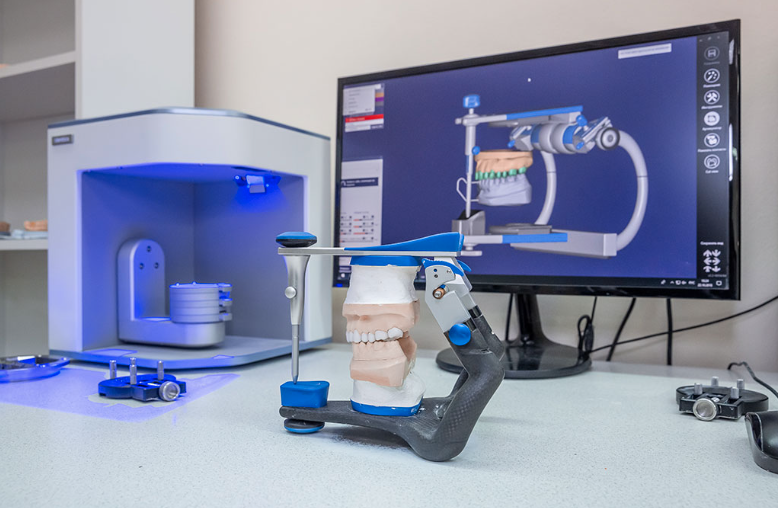When to Choose Screw-Retained Crowns: A Guide by Highland Dental Lab
When it comes to dental crowns, there are different types of retention methods available, each with its own advantages and considerations. One important decision dental professionals face is choosing between screw-retained and cement-retained crowns. Understanding the factors that influence this choice is crucial to achieving successful restorations. In this blog post, brought to you by Highland Dental Lab, we will explore the benefits and scenarios where screw-retained crowns excel over cement-retained crowns, providing valuable insights to help dental professionals make informed decisions.
Accessibility for Maintenance and Repair
One of the primary advantages of screw-retained crowns is their accessibility for maintenance and repair. In cases where adjustments, retrievability, or potential complications may arise, screw-retained crowns offer greater convenience. The ability to remove the crown easily without damaging the restoration or adjacent teeth allows for efficient repairs or modifications, minimizing patient discomfort and reducing chair time.
Implant Positioning
When dealing with implants in less-than-ideal positions or angulations, screw-retained crowns can be advantageous. They provide a degree of flexibility during the restorative phase, allowing for adjustments and compensations that may be necessary to achieve optimal occlusion and esthetics. Screw-retained crowns can help mitigate the challenges posed by implant angulation and allow for better alignment with adjacent teeth.
Enhanced Aesthetics
In cases where achieving optimal aesthetics is a top priority, cement-retained crowns may have limitations due to the potential for excess cement around the crown margins. Screw-retained crowns eliminate the risk of residual cement, which can negatively impact soft tissue health, cause inflammation, and compromise the overall aesthetics of the restoration. Screw-retained crowns offer a more reliable and aesthetic solution, especially in situations where the gingival margin is close to the crown margin.
Prevention of Crown Dislodgement
Screw-retained crowns provide an added layer of security, minimizing the risk of crown dislodgement. The mechanical retention provided by the screw ensures a stable and secure fit, making screw-retained crowns an ideal choice for patients who have a history of crown dislodgement or who exhibit parafunctional habits such as bruxism. The secure attachment enhances the longevity and durability of the restoration.
Limited Cement-Related Complications
Cement-retained crowns, although widely used, can present complications associated with cement remnants left subgingivally. These remnants can lead to inflammation, periodontal issues, and potential implant complications. By opting for screw-retained crowns, the risks associated with residual cement are eliminated, promoting better long-term oral health outcomes for patients.
The choice between screw-retained and cement-retained crowns depends on various factors, including accessibility for maintenance, implant positioning, aesthetics, prevention of crown dislodgement, and cement-related complications. Highland Dental Lab recognizes the significance of this decision and provides comprehensive support and expertise in crafting high-quality screw-retained crowns. By understanding the unique advantages and considerations associated with screw-retained crowns, dental professionals can make informed choices that ensure optimal outcomes for their patients.





